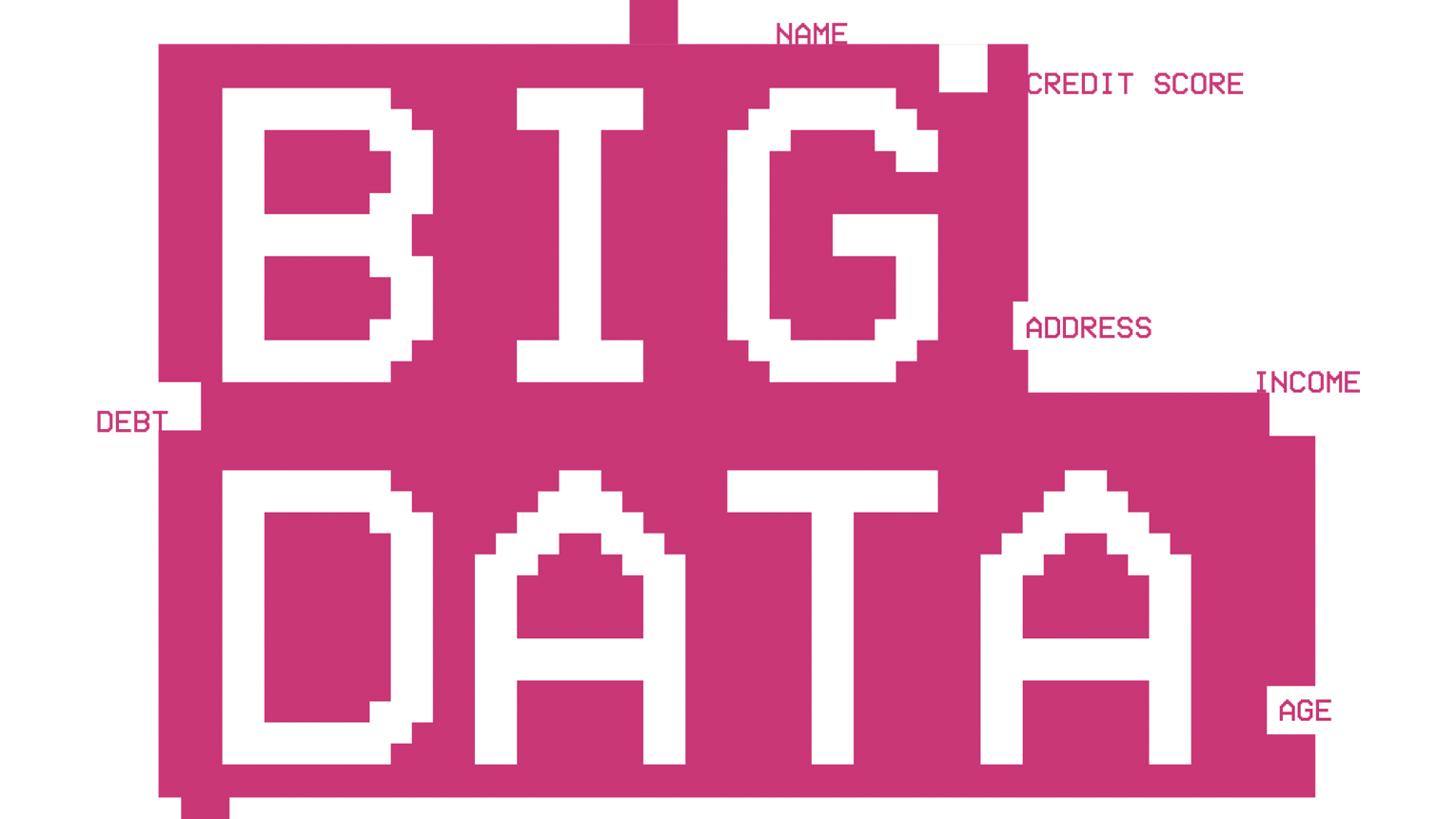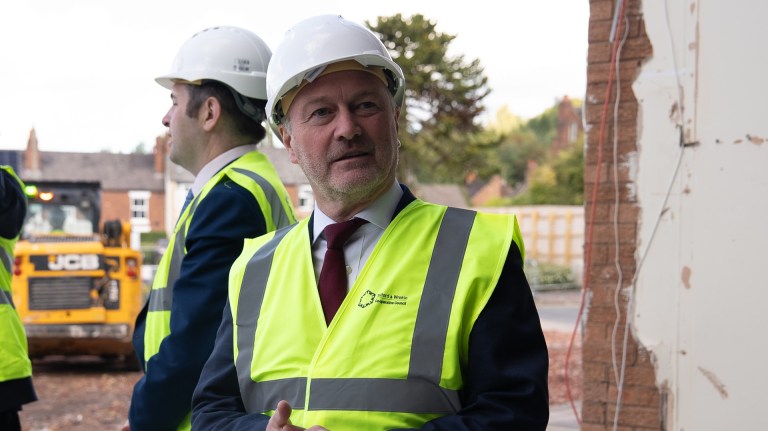By the time someone becomes homeless, it’s harder to help them and costs more – a person sleeping rough for 12 months costs the public purse £20,128, according to Crisis. When offset against the cost of a successful intervention – £1,426 – preventing 40,000 people from becoming homeless could save the taxpayer £370m per year.
That’s why the Essex University academic sees predictive analytics as so important. The predictions can be used to identify individual households who may require more support. But perhaps more importantly, they are also able to create a hotspot of communities that are under most pressure.
“The council can then work with the community on a comprehensive set of interventions, to try to reduce the risk that each individual could face,” says Sena.
No algorithm is perfect, however. And Sena accepts that their analysis is only as good as the data held by councils.
The good news for anyone worried about how their private records are being used is that it is all anonymous. Sena and the team receive no information as to who any of the individuals are. But the results they come up with can be mapped back on to our council records to predict who is most likely to need housing support based on their use of council services and financial standing with the council.
But there could be serious benefits for people and budgets if interventions happen sooner and are targeted more accurately. That’s why Luton Council, where Nikki Middleton is head of customer service, has also turned to the idea of Big Data and predictive analytics.
Advertising helps fund Big Issue’s mission to end poverty
“We wanted to do some analysis around what the level of need was, as we suspected we could be working with people sooner,” explains Middleton.
The council worked with Policy in Practice, a social-focused software company, which analyses housing benefit and council tax records in a data dashboard, making it easier to identify specific households needing help and wider trends, such as how a specific policy change will affect citizens.
What if we could offer help earlier, before somebody is in crisis?
“We get a real clear picture of where they are now, and where they’re likely to be in the future,” says commercial director Jade Alsop. “It’s very different to how others do data, as government and others look at how one reform impacts many individuals. What they won’t get is all of them combined, and the knock-on effect that each of them have on each other.”
In Luton, an algorithm wasn’t necessary to assess need, as they found that everyone who came to the council for general services or support had as high or higher need for housing assistance than those specifically asking for it.
“If you’re coming in through the front doors, there’s a level of need that is not typical of the population in general,” Middleton says. “They’re probably on a trajectory to asking for help in the future. What if we could offer help earlier, before somebody is in crisis?”
Middleton adds that it “feels a little bit uncomfortable” to sift through data looking for struggling households, and added the information changes so quickly that it can go out of date. When Universal Credit was being rolled out, the Department for Work and Pensions provided a list of households impacted – but it was difficult to target support based on that data because it changed month to month, she adds.
Advertising helps fund Big Issue’s mission to end poverty
The council is analysing its data, but rather than proactively targeting individuals the aim is to build evidence proving that earlier interventions are helpful. While it seems clear to Middleton that prevention is the answer, that’s not so obvious to others – and having data helps confirm it.
“Particularly in this climate, it’s not enough to know that it’s the right thing to do – we have to be able to prove it,” she says.
When it comes to tackling homelessness, prevention is better and cheaper than cure. Essex, Suffolk and Luton are among those hoping to revolutionise support to prevent homelessness by using Big Data.
But they are not the only ones – the think tank Local Government Information Unit held an evidence session on data and prevention in October last year as part of its analysis of the Homelessness Reduction Act in its inaugural year.
At the session, Hackney Council told of its efforts with data while Bristol City Council presented its government-funded Trailblazer system used to identify at-risk households. Croydon Council also spoke of how its Gateway system has been used to reduce homelessness over the last three years.
Councils around the country are watching and waiting, because if Big Data has a big impact on homelessness numbers in these early-adopting areas then we can expect the data-led prevention revolution to sweep the country.
Advertising helps fund Big Issue’s mission to end poverty









